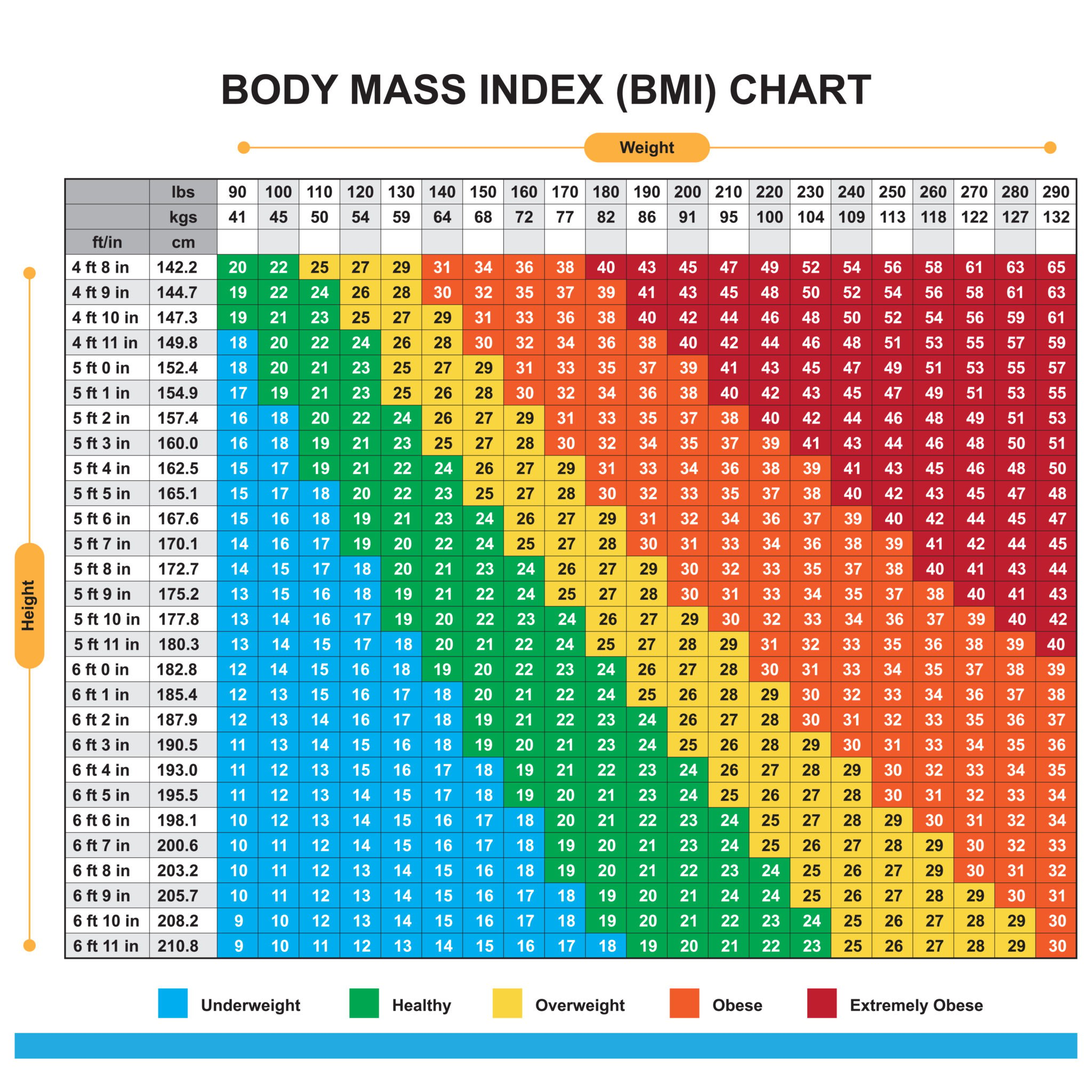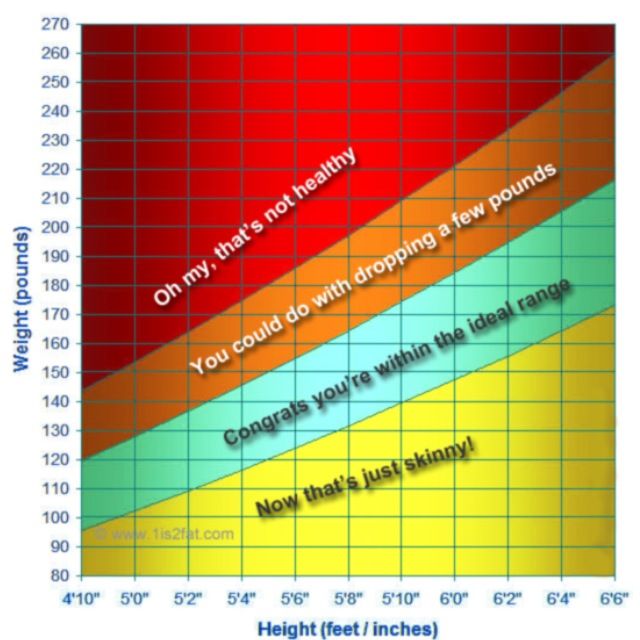


It is used for both men and women, age 18 or older. This is the World Health Organization's (WHO) recommended body weight based on BMI values for adults. Refer to the table below to see the different categories based on BMI that are used by the calculator. Being overweight or underweight can have significant health effects, so while BMI is an imperfect measure of healthy body weight, it is a useful indicator of whether any additional testing or action is required. These ranges of BMI vary based on factors such as region and age, and are sometimes further divided into subcategories such as severely underweight or very severely obese. Specifically, the value obtained from the calculation of BMI is used to categorize whether a person is underweight, normal weight, overweight, or obese depending on what range the value falls between. It is widely used as a general indicator of whether a person has a healthy body weight for their height. Note that the calculator also computes the Ponderal Index in addition to BMI, both of which are discussed below in detail.īMI is a measurement of a person's leanness or corpulence based on their height and weight, and is intended to quantify tissue mass. Use the "Metric Units" tab for the International System of Units or the "Other Units" tab to convert units into either US or metric units. To assess the weight of children or teenagers, see the Child and Teen BMI Calculator.The Body Mass Index (BMI) Calculator can be used to calculate BMI value and corresponding weight status while taking age into consideration. Note: The information on these pages is intended for adult men and non-pregnant women only. A trained healthcare provider should perform appropriate health assessments in order to evaluate an individual’s health status and risks. Waist circumference can be used as a screening tool but is not diagnostic of the body fatness or health of an individual.
#HEALTH CALCULATOR HEIGHT WEIGHT SKIN#
Keep the tape snug around the waist, but not compressing the skin.Make sure tape is horizontal around the waist.Stand and place a tape measure around your middle, just above your hipbones.To correctly measure waist circumference: These measurements can be taken in a healthcare provider’s office, or at home using a tape measure and scale. However, the BMI formula has been adapted for height measured in inches and weight measured in pounds. It is most accurate to measure height in meters and weight in kilograms. Height and weight must be measured to calculate BMI. 1Īt an individual level, BMI can be used as a screening tool but is not diagnostic of the body fatness or health of an individual. Weight that is lower than what is considered as healthy for a given height is described as underweight. Weight that is higher than what is considered as a healthy weight for a given height is described as overweight or obese. If your BMI is 30.0 or higher, it falls within the obese range.If your BMI is 25.0 to 29.9, it falls within the overweight range.If your BMI is 18.5 to 24.9, it falls within the normal or Healthy Weight range.If your BMI is less than 18.5, it falls within the underweight range.Or determine your BMI by finding your height and weight in this BMI Index Chart.

To calculate your BMI, see the BMI Calculator.

A high BMI can indicate high body fatness, and a low BMI can indicate too low body fatness.
#HEALTH CALCULATOR HEIGHT WEIGHT HOW TO#
How to Measure and Interpret Weight Status Adult Body Mass Index or BMIīMI is a person’s weight in kilograms divided by the square of height in meters. A trained healthcare provider should perform other health assessments to evaluate disease risk and diagnose disease status. However, BMI and waist circumference are not diagnostic tools for disease risks. Body Mass Index (BMI) and waist circumference are screening tools to estimate weight status in relation to potential disease risk. A high amount of body fat can lead to weight-related diseases and other health issues.


 0 kommentar(er)
0 kommentar(er)
